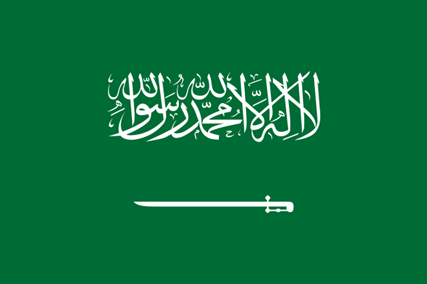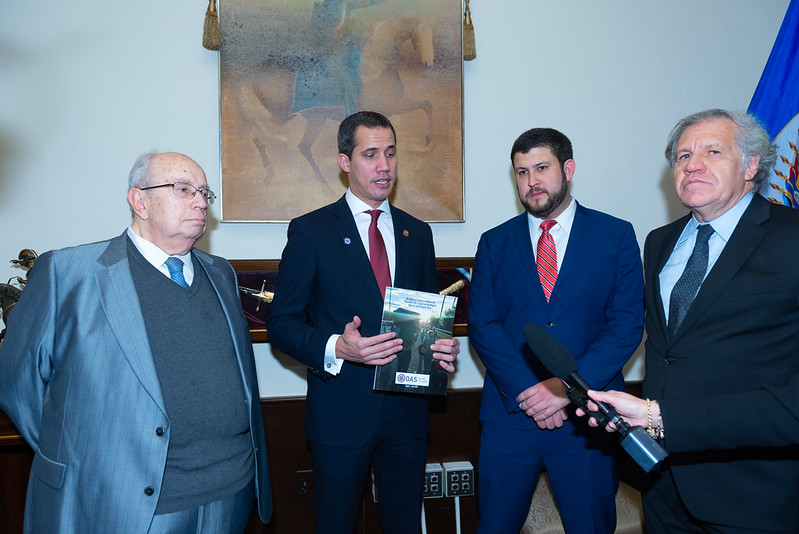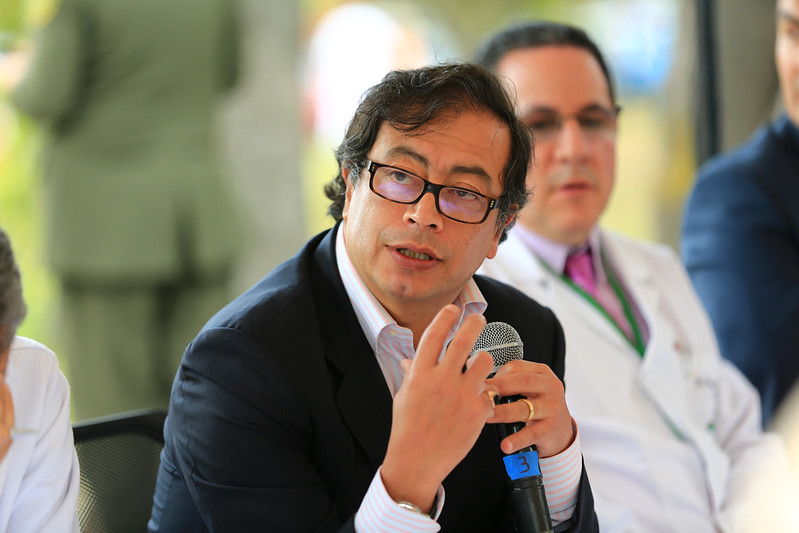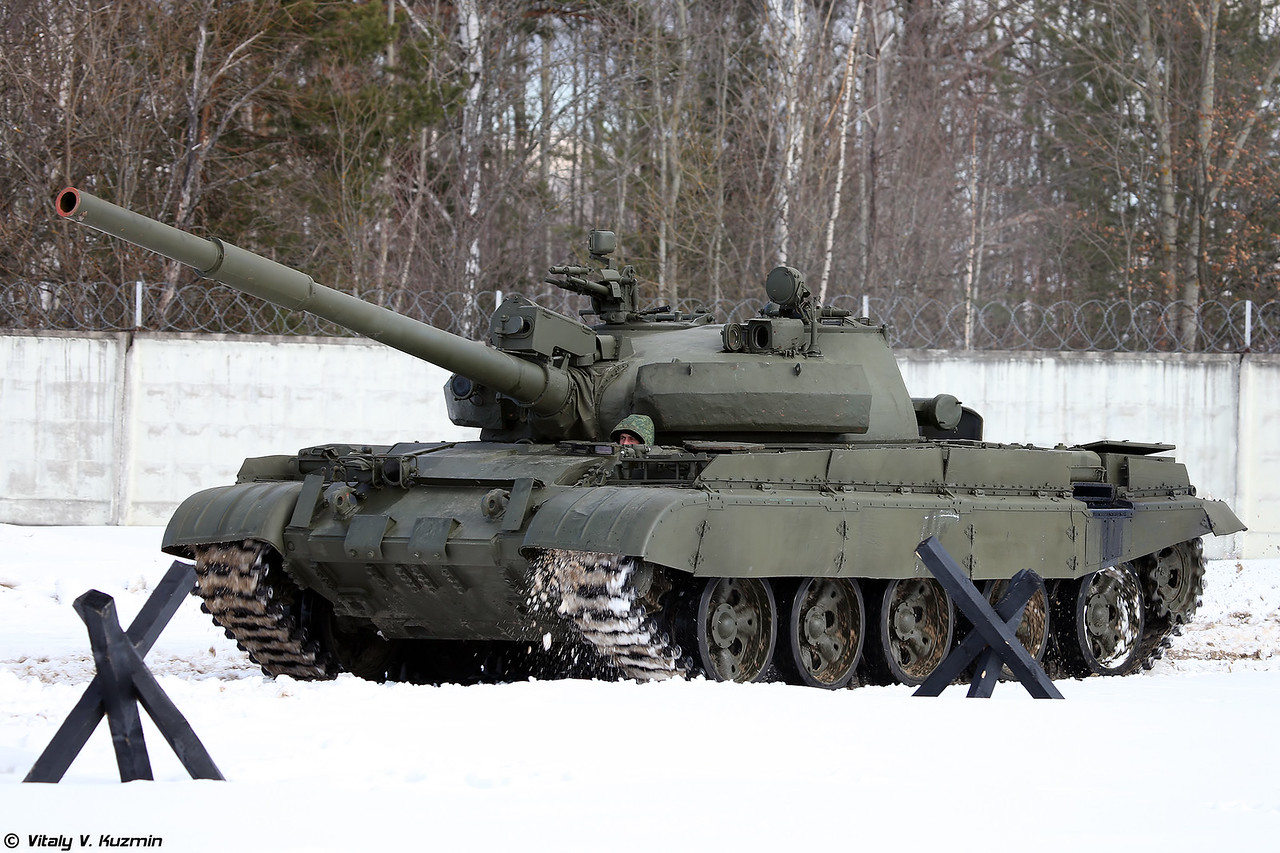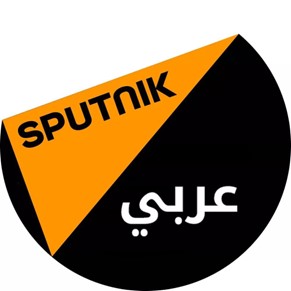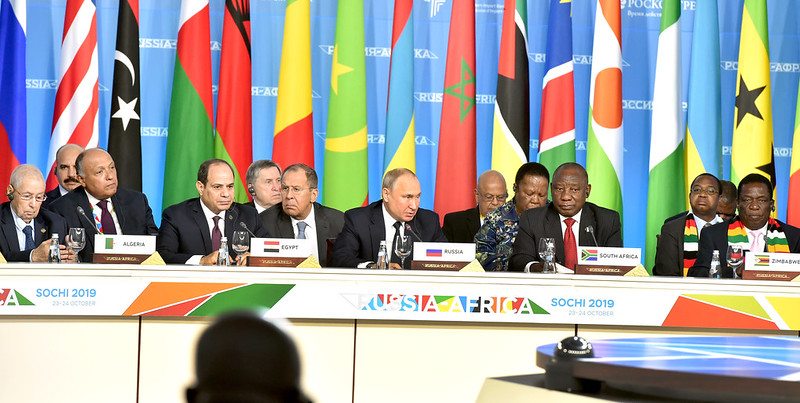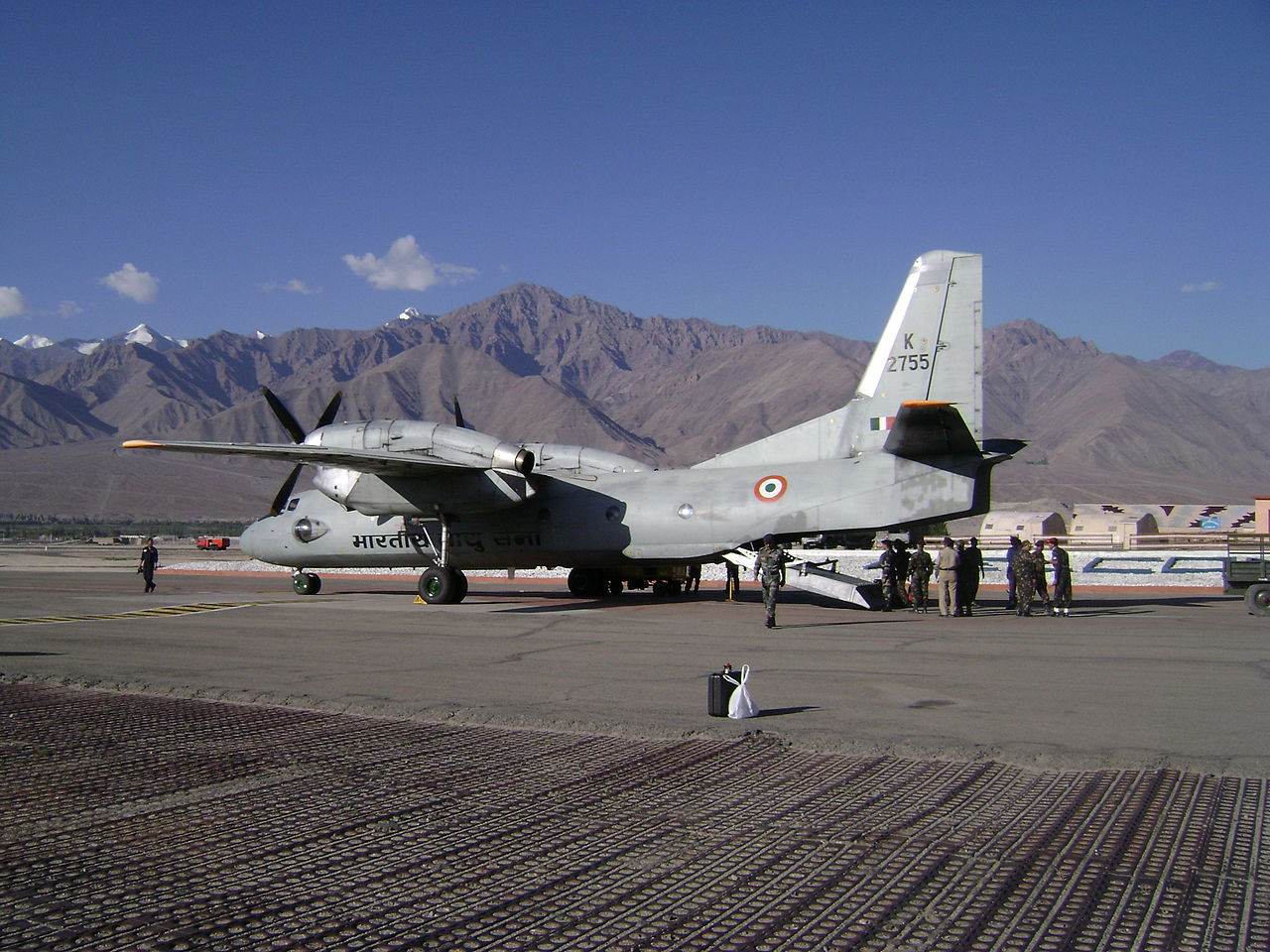
An-32 in Leh Airbase, India.
“The Indian Air Force (IAF) has initiated the process to find a replacement for the AN-32 transport aircraft in service.”
Since the beginning of the war in Ukraine, the government of India has walked away from several agreements with Russia to acquire or upgrade weapon systems. Indian officials have stated that they do not believe the Russian defense industry could deliver the systems that had previously been agreed to because of the logistical challenges Russia now faces. While the canceled agreements have signaled a decline in bilateral security cooperation, some India-Russia joint ventures continue to operate and produce various systems for the Indian armed forces. Indian officials have noted that security cooperation with Russia will continue, though in a different capacity, as India has been pushing its armed forces to buy more domestically under the Make in India initiative.[i] The accompanying excerpted articles report on several developments within the Indian defense industry, particularly as they pertain to India-Russia security cooperation.
The first excerpted article from the independent English-language newspaper The Hindu, reports that the Indian Air Force recently opened a bid for a medium transport aircraft to replace its Russian AN-32s. The article notes that Indian officials previously stated that the Spanish-made C-295MW has been considered as a potential replacement and that India already ordered 56 C-295s. However, the recently opened bid specifies a heavier transport capacity than the C-295 can hold. India’s current inventory of strategic airlifters consists of around 20 Il-76[GRLCUT(1] s from Russia and a dozen C-17s from the United States, demonstrating how India has looked to multiple partners for heavier transport aircraft in the past. The article also notes that a previous joint India-Russia project to develop and produce a replacement for the AN-32 did not move beyond an initial design. The article does not mention if Russia is putting in a bid for the replacement. The result of the bid may not come out for several months, but it does not appear that Russia has an edge if it submits a bid. The second excerpted article from the English-language magazine Force reports that India’s Defense Ministry held a meeting with potential bidders for an order of 400,000 carbines chambered for 5.56×45 mm rounds and that the Indo-Russian Rifles Private Limited (IRRPL) joint venture “was not invited to this meeting.”[ii] The article states how IRRPL started production on the order of 700,000 AK-203[GRLCUT(2] rifles and that Prime Minister Narendra Modi described the joint venture as “one of the brightest examples of cooperation within Make in India.” The article goes on to note how Kalashnikov produces a wide range of small arms and could fulfill the bid for the carbines, leading the author to question why a Russian firm was left out of the meeting even as the Indian and Russian defense ministers discussed strengthening cooperation. In any case, the bids illustrate how India is reliant on Russia to fulfill a requirement for its armed forces.
Sources:
Dinakar Peri, “IAF to procure new transport aircraft to replace AN-32,” The Hindu (independent English-language newspaper), 3 February 2023.
The Indian Air Force (IAF) has initiated the process to find a replacement for the AN-32 transport aircraft in service. It has issued a Request For Information (RFI) for the procurement of a Medium Transport Aircraft (MTA) with a carrying capacity of 18 to 30 tonnes.
The RFI was issued on December 9, 2022, and the earlier bid submission date of February 3 has now been extended till March 31…
In the past, several IAF officials had stated that the just C-295MW, 56 of which have been just contracted, which falls in similar category as the AN-32 in terms of cargo carrying capacity would be considered as a potential replacement for the AN-32 given that a running assembly line would be available once the 56 aircraft are delivered. However, based on load carrying capacity specified in the RFI, 18 to 30 tonnes, the C-295 no longer fits the bracket as it is in the 5-10 tonnes category…
An earlier project to jointly co-develop and produce a MTA of 20 tonnes with Russia to replace the AN-32s was scrapped few years back after initial design discussions.
In September last year, the Defence Ministry signed a 21.935 Crore contract with Airbus and Space S.A., Spain for procurement of 56 C-295MW transport aircraft to replace the Avro aircraft in service with the IAF which it is executing in partnership with Tata Advanced Systems Limited (TASL)…
Vinit Shah, “By Invitation – Whither Kalashnikov,” Force (English-language magazine reporting on defense topics in India), 25 January 2023. https://forceindia.net/feature-report/whither-kalashnikov/
Apparently, the ministry of defence held a pre-bid meeting on January 10 with potential bidders for the purchase of 400,000 CQB carbines chambered for 5.56×45 mm. Surprisingly, the Amethi-based India-Russia joint venture, Indo-Russian Rifles Private Limited (IRRPL), in which India holds the controlling stake, was not invited to this meeting.
This is doubly strange. One, because the production lines of IRRPL are running with 700,000 AK-203 assault rifles on order; and two, in March 2019, when the JV was announced, Prime Minister Narendra Modi had said, ‘the joint venture will contribute to the development of the capacity of the country’s armed forces and strengthen national security… (IRRPL is) one of the brightest examples of cooperation within Make in India…’
It is well-known that the Russian concern Kalashnikov, a partner in IRRPL, produces the widest range of small arms. It will not be difficult for the company with such a diverse portfolio to produce another model of a modern carbine at its state-of-the-art facility in Korva of the Amethi district…It is strange that the MoD gives preference to large-scale production in India of the AK-203 assault rifle chambered for 7.62×39 mm, and then suddenly decides to purchase a large batch of weapons for NATO ammunition 5.56×45 mm. Makes one wonder about the motivation for this, given that foreign minister S. Jaishankar in a recent meeting with his Russian counterpart Sergei Lavrov discussed the details of strengthening Russian-Indian military-technical cooperation…
Notes:
[i] For more information on the development of India’s defense industry and the cancelled agreements with Russia, see: Matthew Stein “India Cancels Plans to Purchase Russian Equipment,” OE Watch, 6-2022. https://community.apan.org/wg/tradoc-g2/fmso/p/oe-watch-issues
[ii] The 5.56×45 mm are the standard round in service rifles in NATO, while some/most/many Russian Kalashnikov variants use the 5.56×39 mm round.
Image Information:
Image: An-32 in Leh Airbase, India
Source: https://en.wikipedia.org/wiki/Antonov_An-32#/media/File:An32roh.JPG
Attribution: CC BY-SA 3.0

